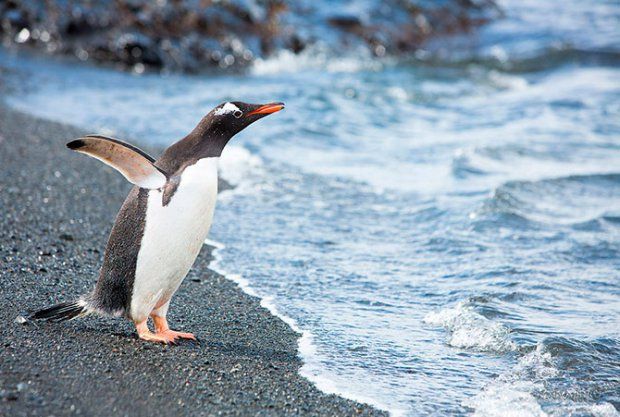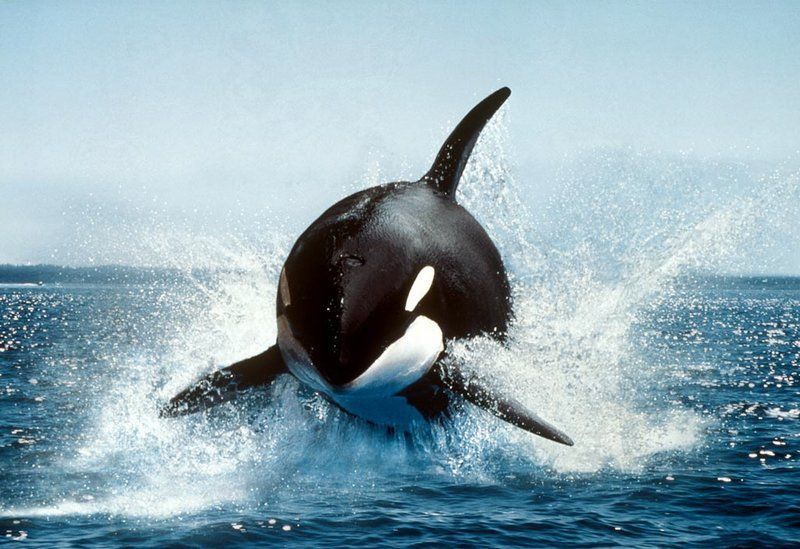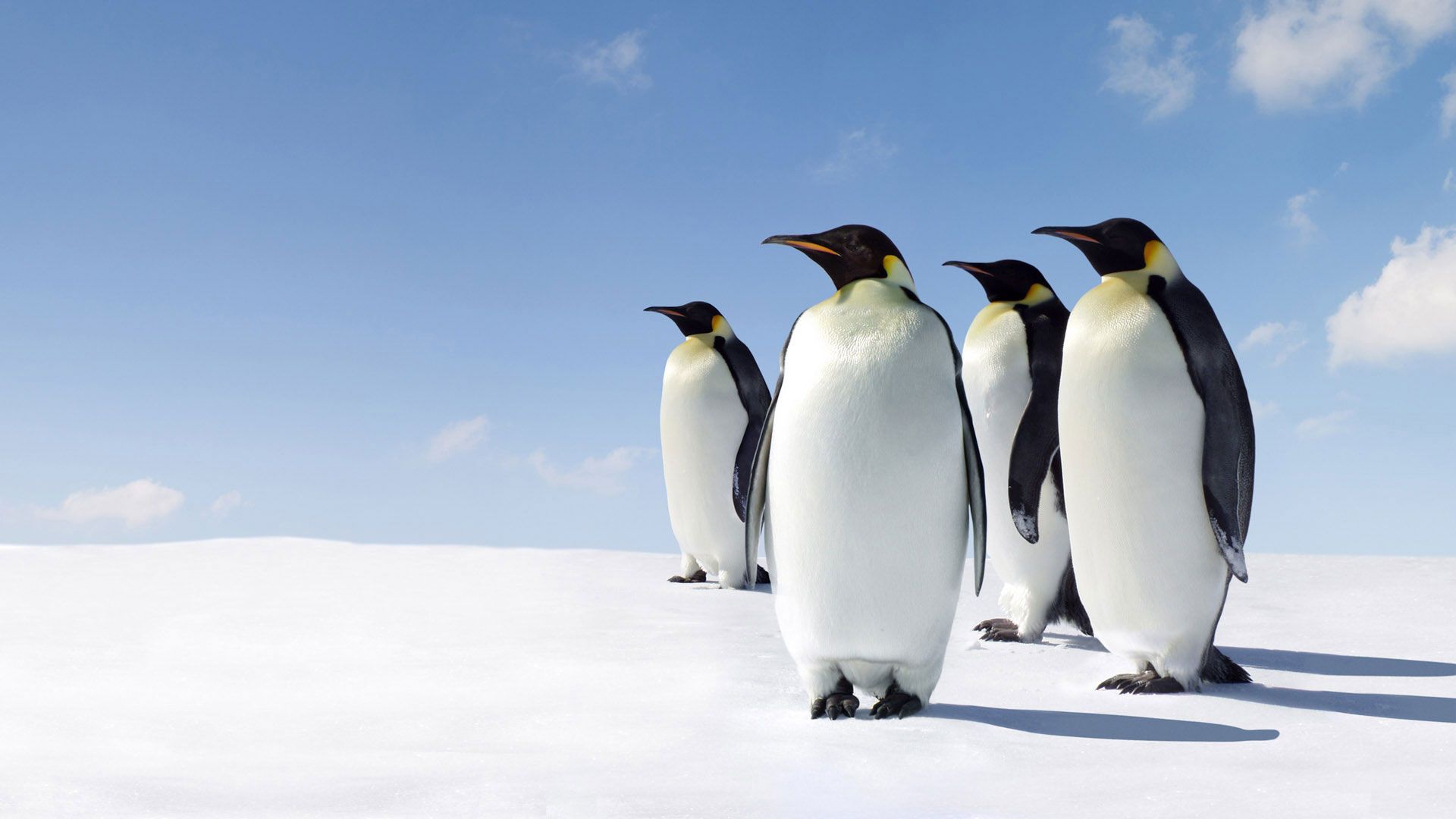Fossil animals on the seabed
Looking at the samples in the paleontological museum, we easily found that our shell is a brachiopod, and in sample 1 it is indeed coral. The name of the fossil was given to us by adults - these are bryozoans.
Even at the museum, we learned that bryozoans, brachiopods, and corals are only common names for large groups of animals, that their different species lived long before the dinosaurs, during the time of the dinosaurs, and live now. To find out how many years ago the animals we found lived, we need to know exactly what they are called. This is how the age of sedimentary rocks with paleontological remains is determined. There are special books that describe different types of fossils, and some paleontologists spend their entire lives studying just one type of animal or plant. So it's a complicated matter.
Nevertheless, we decided to learn more about the fossils found, and this is what we found out.
Bryozoans are invertebrate animals. They are distant relatives of prachiopods. In Latin they are written like this: bruzoa. Bryozoans consist of a soft body (zoid), which is placed in a house (zoetium). The earliest finds of bryozoans date back to the Ordovician. In the Paleozoic, most bryozoan colonies were massive and heavy. Sometimes they even built real bryozoan reefs. But at the turn of the Permian and Triassic periods, bryozoans almost completely died out (as did other reef-building organisms, such as corals), but some still managed to survive. From them a new fauna of bryozoans developed. In brief, the guide to invertebrates distinguishes two orders of Bryzoa - cryptostomiga and Treptostomigi, which are divided into many species. But among those drawn in reference books, we were unable to find a single one similar to our bryozoan, so on the geochronological scale we postponed the existence of bryozoans all the time.
Brachiopods are a large group of fossil animals. Translated from Greek, brachiopods means “arm-footed,” or more precisely, “brachiopod.” Brachiopods have no head. The leg emerges from the opening near the vertex of the ventral valve. The “arms” are a long ribbon of longitudinal grooves on which the cilia are located. By moving, the cilia create a current of water and drive food towards the mouth. If the “arms” do not work, then they are curled into a spiral and hidden inside the doors. Brachiopods appeared at the very beginning of the Paleozoic era, in the Cambrian, and exist to this day. But now there are very few of them, they live at great depths, except for one genus - lipola, which lives on the very border of sea and land, in the tidal zone of the southern seas. Brachiopod remains are found in limestones, sandstones and phosphate rocks. In the short guide to invertebrates, we found a drawing of a brachiopod similar to ours. It is a brachiopod from the genus Artura Dalman. These brachiopods lived in the Silurian-Devonian.
Corals are close relatives of jellyfish. Coral is formed by the hard exoskeletons of tiny marine animals called polyps. The body of the polyp does not exceed 5 mm in diameter. Hard reef-building corals live in huge colonies and form coral reefs.
The first corals appeared together with bryozoans at the very beginning of the Ordovician. They looked like flowers, which is why they are called anthozoa. In the Ordovician, the first reef ecosystem developed. It was composed of three groups of corals: tabulates, heliolithoids and four-rayed. Corals still exist today, forming huge coral reefs in warm seas (for example, the Barrier Reef in the Pacific Ocean). Reefs are built by layering new colonies on old ones. Corals grow in different ways, some have branching colonies, and some are spherical. Our coral is branching. They cut one of the corals for us, so we could see what was inside. In the center there is a stem from which needles grow in all directions; in the upper part they form a fan.
In the guide to invertebrates, we found a coral very similar to ours. This coral is from the class of coral polyps of the genus Thamnopora Steinenger. Was widespread in the Devonian. We put this age on the geochronological scale.





No comments here yet.